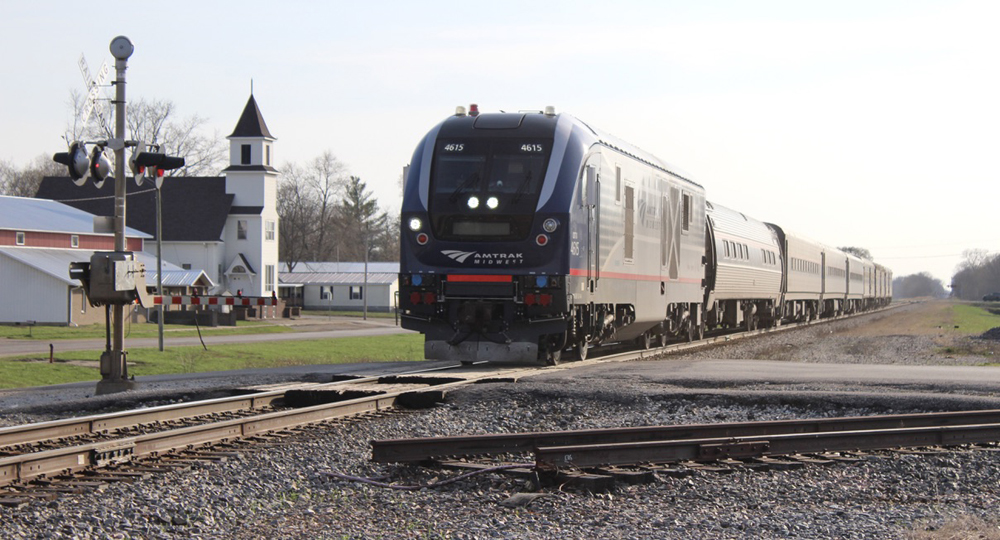
WASHINGTON — The question of how Canadian National should receive incentives or penalties for handling of Amtrak trains has no doubt chalked up hundreds — maybe thousands — of billable hours for the companies’ attorneys. The inability of the two sides to reach a new operating agreement first came to the Surface Transportation Board in 2013 and has left operations governed by a contract dating to 2011.
The STB’s challenge is whether its members can sort through the opposing contentions to find a solution that will provide Amtrak passengers what they are entitled to without seriously impeding the flow of freight.
It is impossible to fully evaluate the arguments, because both CN and Amtrak choose to redact meaty portions of the more than 700 pages in the two filings [see “Canadian National blasts Amtrak proposal for dispatching control …,” Trains News Wire, July 28, 2022]. Outsiders can’t see the complete structure, effectiveness, or shortcomings of previous or existing compensation agreements, so we can only hope the STB is able to sift through this crucial yet questionably camouflaged data.
Delays versus On-Time Performance
The shroud of secrecy is not unlike that of the mysterious “commercial relationship” between CN and VIA Rail Canada. That passenger operator, however, doesn’t have the benefit of federally defined performance metrics that Amtrak relies on to help keep its trains on time. The Canadian government also takes a completely hands-off approach to prioritizing passenger trains over freight traffic, or even ensuring publicly funded infrastructure enhancements result in better on-time performance.
In the U.S., passenger trains’ priority is discounted daily when host-railroad dispatchers delay trains. To address this, Amtrak wants to set a standard of 924 minutes of delay per 10,000 train-miles for CN. Incentives would be earned if a train is delayed less than that figure and penalties accrue if the minutes of delay excced that amount. Delays are measured as a departure from pure running time. If delays persist for a full year, Amtrak would have the right to take over dispatching [see “Amtrak seeks right to take over dispatching …,” News Wire, May 31, 2022].
But CN argues that whether a train meets a mutually agreed-upon schedule —comprised of recovery time (padding) and station dwell, as well as pure running time — should be the yardstick because that is what customers were promised when they buy a ticket. The railroad charges that Amtrak thinks its trains should have “presidential motorcade” priority, but CN says delays are irrelevant if a schedule is met. The railroad also points out that it must continue to be compensated for incremental costs incurred by expeditious passenger train handling, questioning why freight shipper delays shouldn’t be included. And it dismisses an Amtrak dispatching takeover as completely unrealistic for a variety of reasons.
Recovery time makes up for failure to receive priority
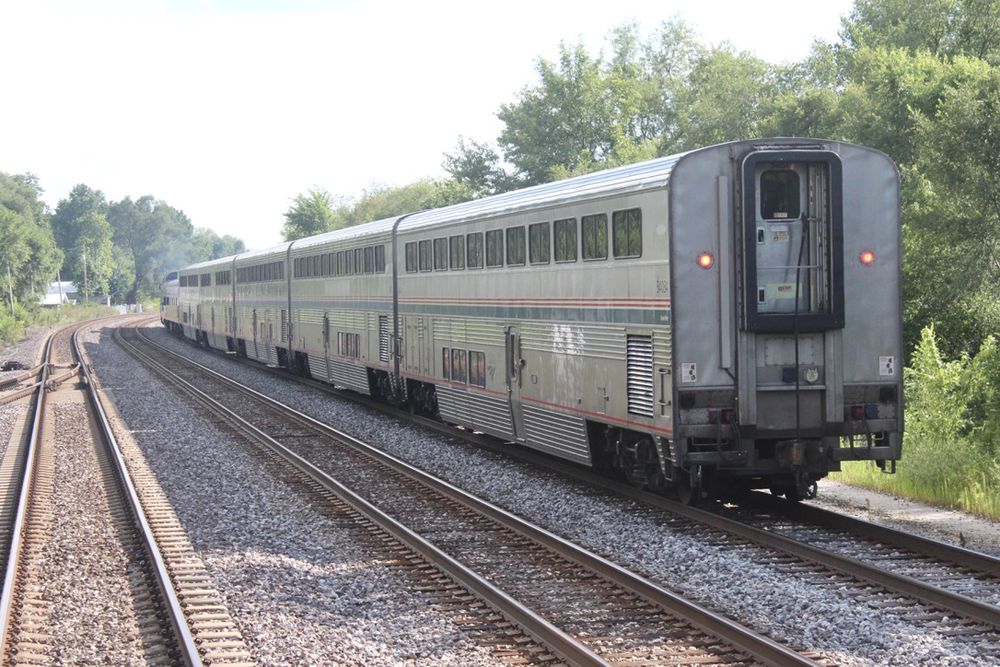
Which side has a compelling case? It’s hard to say.
A recent example of a decision that only peripherally affected Canadian National involved a delay to Amtrak Lincoln Service train No. 318 imposed by a Norfolk Southern dispatcher.
On July 18, 2022, the northbound train was running a half-hour late following Union Pacific freight interference in Missouri. The almost 2-mile segment of triple track between the Hazel Dell and Iles interlockings in Springfield, Ill., is shared by UP and NS, and controlled by a Norfolk Southern dispatcher. This dispatcher talks regularly with a UP counterpart to ensure the stretch can accommodate conflicting passenger and freight movements on both routes.
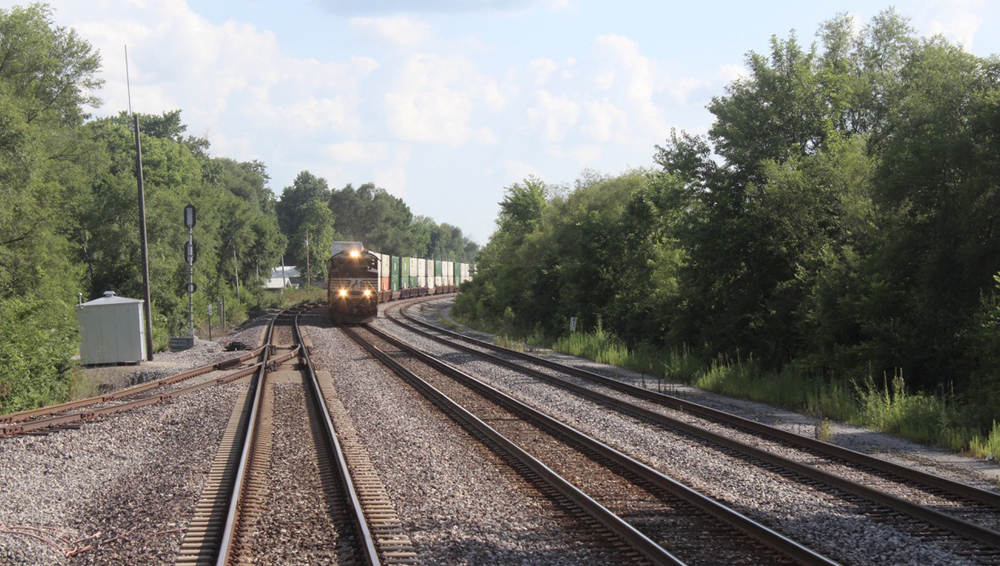
Ahead, the southbound Texas Eagle was just stopping at Amtrak’s Springfield station on single track when the dispatcher held no. 318 at Illes at 5:05 p.m. The on-time Eagle passed at 5:11 p.m. Instead of immediately clearing No. 318 to head north, the NS dispatcher held 318 for another 6 minutes to allow an eastbound NS intermodal to pass. The Eagle had also been delayed by about 5 minutes at Hazel Dell for the freight to clear.
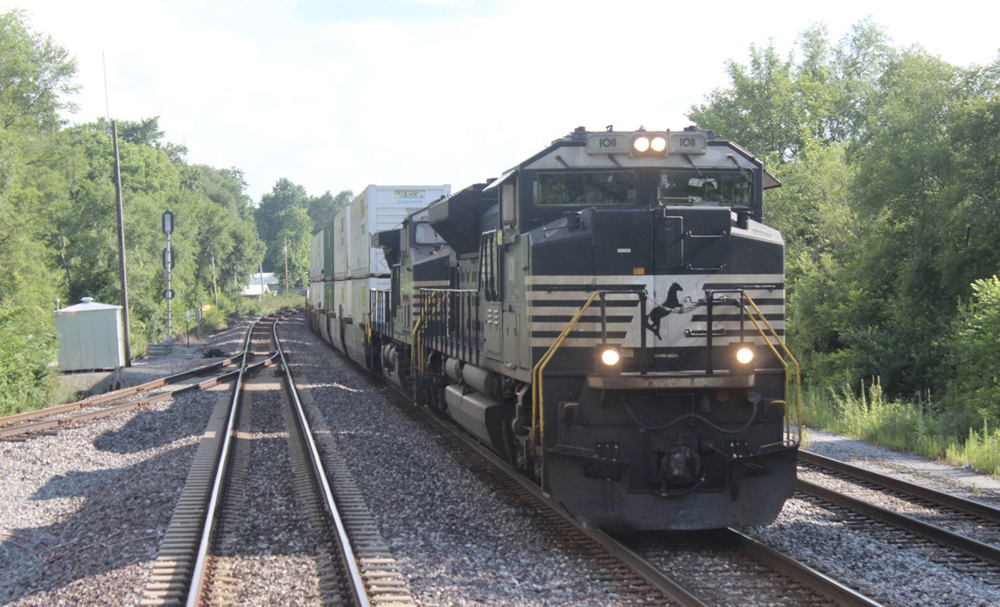
This was a pure example of giving a freight train priority. But thanks to recovery time into Springfield, the 13-minute stop only added about 10 minutes of delay to No. 318’s trip. With generous padding incorporated into the CN portion of the route further north, no. 318 sailed through four major interlockings and arrived into Chicago on time, after leaving Joliet 25 minutes late. The Eagle was also early into St. Louis.
The “customer on-time performance” metric set by the Federal Railroad Administration gives more weight to stations that handle more passengers. So, with so many passengers destined for Chicago and St. Louis on train 318 and the Eagle, these trains fared well statistically, based on that measure. Should CN earn incentives for making up time?
On the other hand, far more lengthy delays regularly occur when too many trains are crammed into too few tracks. It’s the railroad’s decision, and travelers pay the price.
As in the ongoing Gulf Coast imbroglio between Amtrak and CSX-Norfolk Southern, the railroads, Amtrak, and the STB are cognizant of a decision that will set a precedent, but there is a lot to sort out.






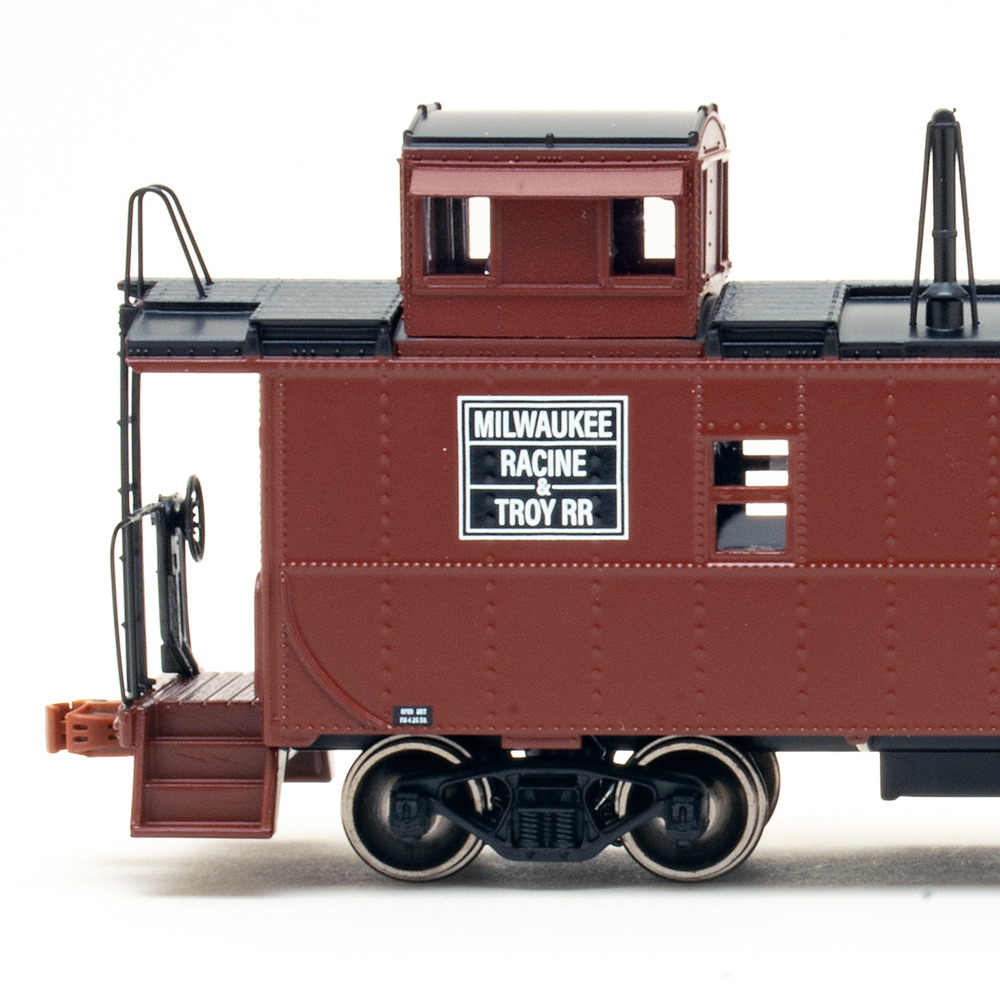
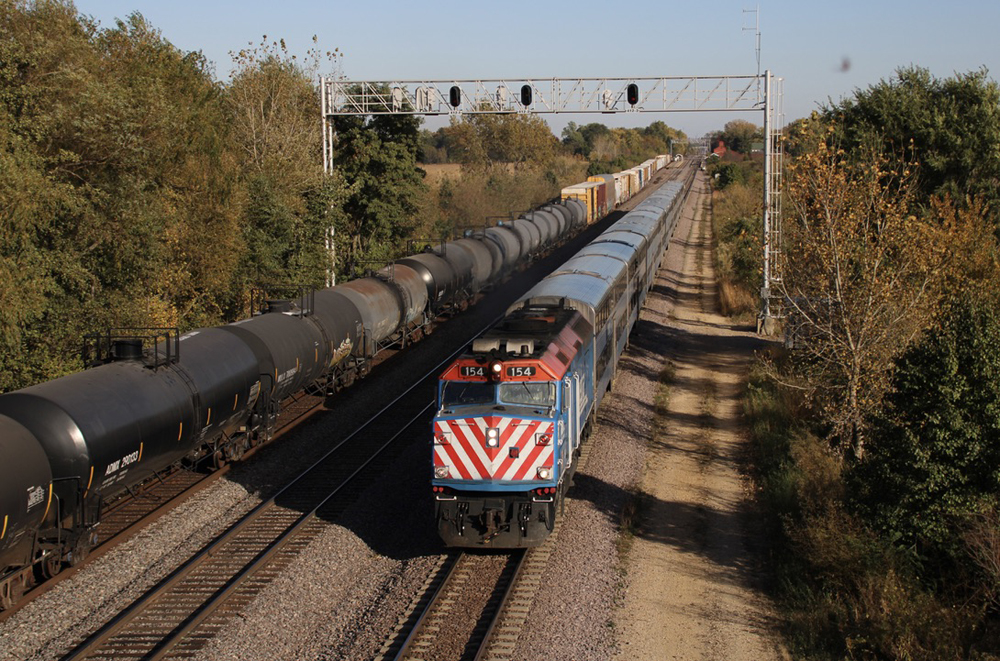
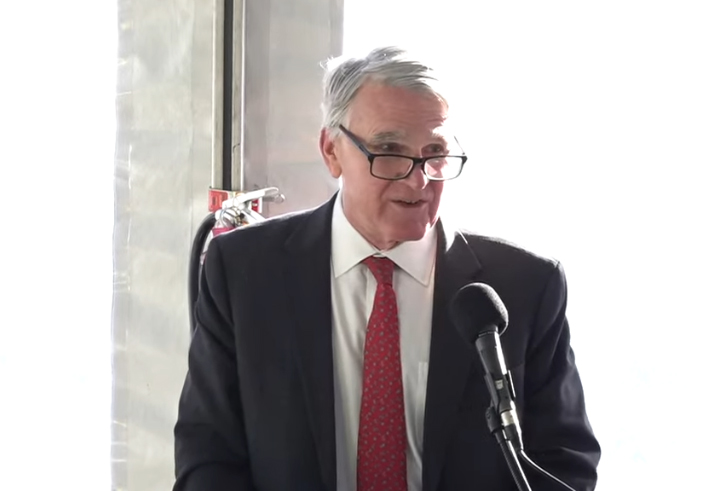
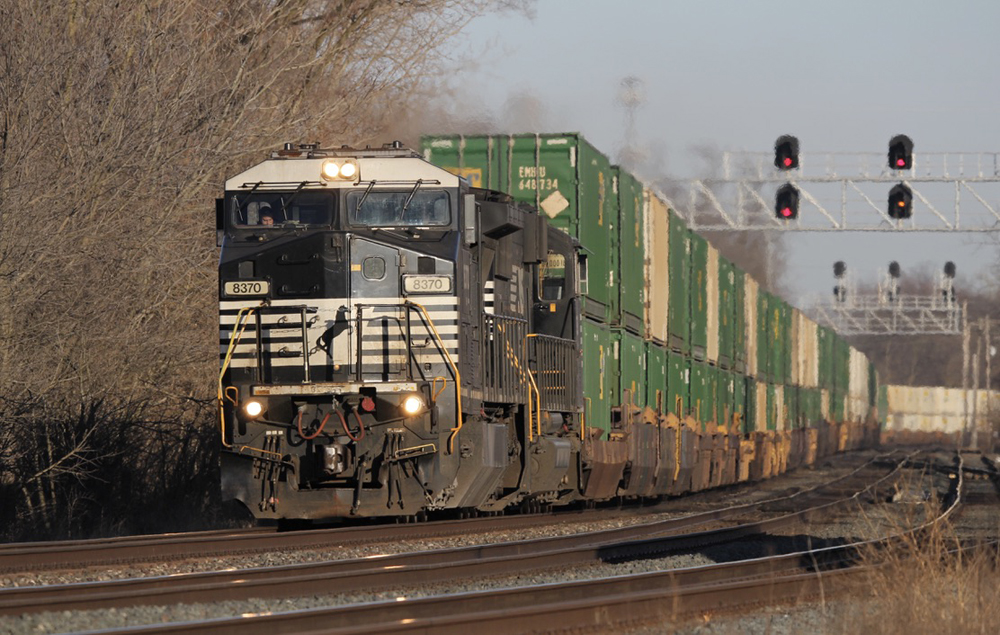




Whenever I take the train to STL from Chicago and have to wait there, I get irked more knowing that public tax dollars paid for all of these improvements that for-profit UP enjoys. And then subjugates Amtrak at will.
And the example picture of the CN at Odin with the missing diamond. CSX Illinois Sub. Closed between O’Fallon IL and Flora IL. CSX decided not to sell it, but they don’t use it either, so it sits with the diamonds pulled and the rails cut so as to avoid paying taxes.
If this keeps up they will nationalize traffic control like the FAA does for the airline industry. Air Freight doesn’t get more or less priority than the Air Passenger flights.
First in, first out.
When a Cessna tries to perform a touch and go at O’Hare, ATC still tells the United 777 Heavy behind him to slow down to compensate for a slower craft in front of him in the glide path to said runway.
An unfortunate circumstance that will be coming up based on the example outlined by Trains above, is that UP and IDOT are moving the single line access to the Springfield Amtrak station over to run next to, you guessed it, next to the NS line east of the city center.
I can forsee a moment where the UP dispatcher won’t allow the Amtrak out of the station siding because it will be waiting on a NS freight to clear north of town. So instead of holding them all at Illes, they will just hold them at the station until everyone is happy. And did I mention that Illinois & Midland crosses north of here as well with coal drags?
Ahh, as Rodney King once said, “CAN’T WE JUST GET ALONG!!!”
I learned long ago from Mr. Kneiling, passenger rail and freight rail need distinct right of ways in order to provide proper service for both. Mixed use results in mixed results. And, our rail network is a quantum of difference than when Amtrak was first authorized. This is a huge mess and waste of human resources.
ANDREW:
John G. Knelling PE, Insulting Engineer was no fool but as we both know hesometimes exaggerated his points for bombastic effect.
No question as you post, Andrew, that the rail system has changed in 51 years. Places where frequent passenger and heavy freight successfully co-exist may be fewer but they aren’t none:
CP Rail Milwaukee to Techny
BNSF Chicago to Aurora
Double or triple track sure help. Twice just today I’ve had my say about single track, the former ICRR (my post above) and the former Boston and Albany.
CP Rail contends that, and is probably correct, that the Milwaukee line is maxed out and can’t support and more passenger trains without further investment. Actually north of Sturtevant it’s essentially run as two parallel single-track railroads, the easterly line for passengers, the westerly line for freight. Would be difficult to add any more trains of either species, freight or passenger, on what are in effect two single-track railroads with no passing sidings on either for about twenty miles..
It’s quite simple really, only the freight carriers don’t get the logistics of it and haven’t figured out how it would fit in with the miniscule OR. If you didn’t run 3 mile long trains and sent freights out that could maintain track speed throughout their entire journey, you wouldn’t have this problem with delaying Amtrak trains except for derailments and acts of nature.
You wouldn’t have this problem if Saint Hunter the Cheap hadn’t turned this double-track railroad into single – double – single – double.